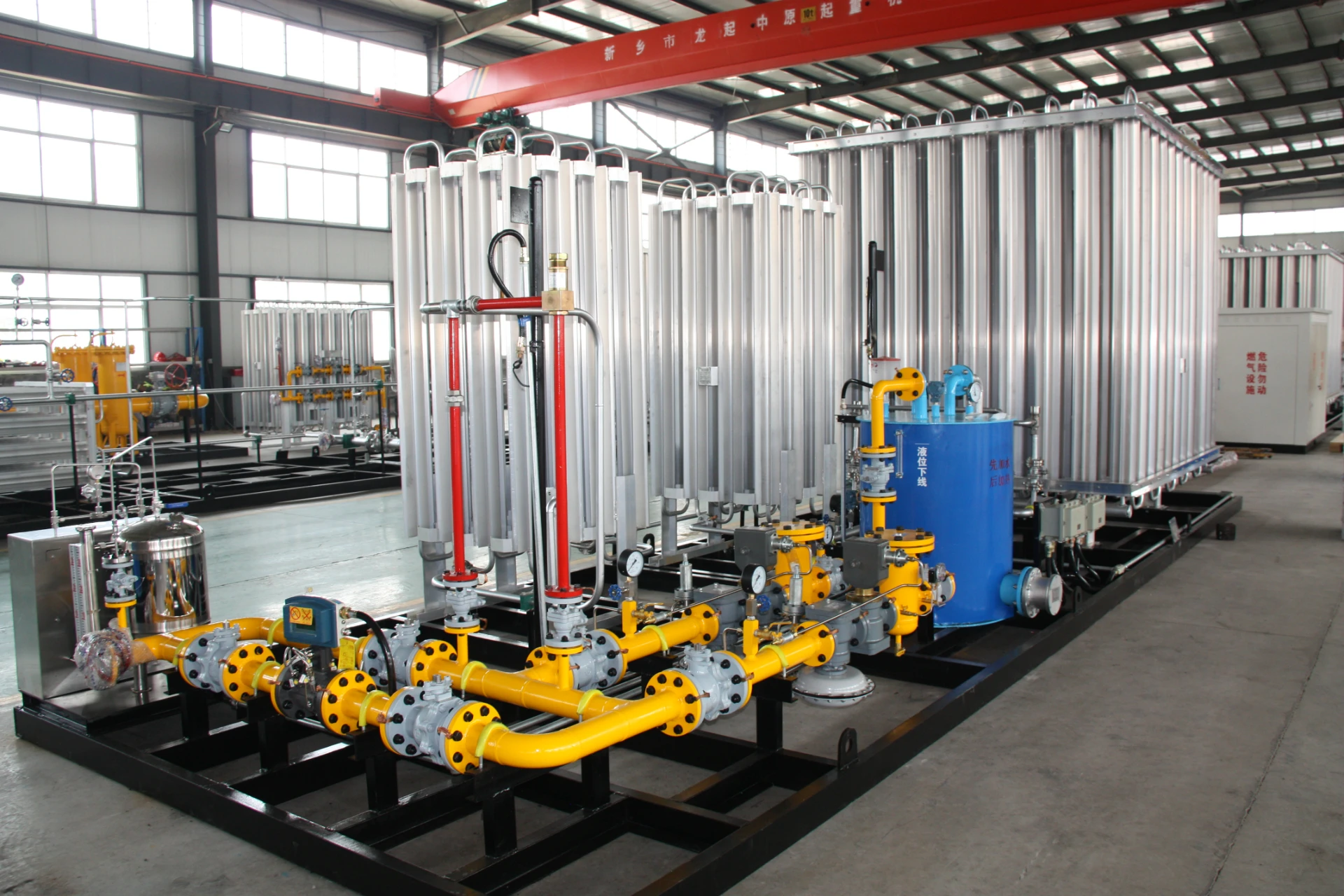
Dec . 19, 2024 20:40
Back to list
lng
Understanding LNG The Future of Energy
Liquefied Natural Gas (LNG) has emerged as a vital component in the global energy landscape. This versatile energy source is captured, cooled, and stored in liquid form, facilitating easy transportation and storage. As the world shifts towards cleaner and more sustainable energy sources, LNG is increasingly seen as a bridge between traditional fossil fuels and renewable energy sources.
What is LNG?
LNG is produced by cooling natural gas to a temperature of approximately -162 degrees Celsius, at which point it condenses into a liquid. This process reduces the gas's volume by about 600 times, allowing for efficient storage and transportation. Once at its destination, LNG can be re-gasified and delivered through existing natural gas pipelines, making it a flexible choice for energy supply.
Benefits of LNG
One of the primary advantages of LNG is its environmental profile. While it still produces greenhouse gases, when burned, LNG emits significantly fewer pollutants compared to coal or oil. This makes LNG a more environmentally friendly option, especially as countries strive to reduce their carbon footprints. Additionally, LNG can be a complementary resource to renewable energy sources like wind and solar, particularly in periods of low renewable generation.
Furthermore, LNG’s ability to be transported via ship allows countries without indigenous natural gas resources to access cleaner energy. Nations such as Japan and South Korea rely heavily on LNG imports to meet their energy needs, ensuring energy security while reducing their dependence on more carbon-intensive fuels.
Global Market Dynamics
The LNG market has experienced unprecedented growth over the past decade. The rise of shale gas production in the United States has transformed it into a leading exporter of LNG, greatly impacting global supply dynamics. Countries in Europe and Asia have diversified their energy supply sources, shifting towards LNG imports to enhance energy security and meet environmental regulations.
lng

This growing demand is also reflected in new LNG infrastructure developments, including liquefaction plants, regasification terminals, and transportation vessels. Key markets such as Europe, Asia-Pacific, and the Middle East are investing in LNG facilities to accommodate the rising demand, fostering international trade.
Challenges Ahead
Despite its advantages, the LNG sector faces several challenges. The process of liquefaction is energy-intensive and can lead to significant greenhouse gas emissions if not managed properly. Additionally, the infrastructure development required for LNG projects is capital-intensive and often faces regulatory hurdles. Moreover, fluctuations in global gas prices can impact the economic viability of projects, adding a layer of complexity for investors and governments.
Another challenge is the transition towards renewable energy. As more nations set ambitious targets for carbon neutrality, the role of LNG must be carefully balanced. It is essential for policymakers and industry players to navigate this transition strategically to ensure that LNG remains a viable and sustainable energy source without undermining climate goals.
The Road Ahead
Looking forward, the future of LNG will likely be shaped by technological advancements and regulatory support for cleaner energy sources. Innovations in carbon capture and storage (CCS) technology may help mitigate the emissions associated with LNG production and use. Additionally, an increased focus on the entire lifecycle of natural gas will be critical in making informed decisions about its role in the energy mix.
Moreover, collaboration between governments, industry stakeholders, and environmental organizations will play a crucial role in addressing the challenges and opportunities within the LNG market. By prioritizing sustainable practices and investing in research and development, the LNG sector can pave the way toward a cleaner, more sustainable energy future.
In conclusion, LNG represents a crucial element in the global transition to a low-carbon economy. While it is not without its challenges, its potential as a cleaner alternative to traditional fuels and a complement to renewable energy offers a path forward as nations seek to balance energy security, economic growth, and environmental responsibility. As the world evolves, so too will the role of LNG in shaping a sustainable energy future.
Next:
Latest news
-
Safety Valve Spring-Loaded Design Overpressure ProtectionNewsJul.25,2025
-
Precision Voltage Regulator AC5 Accuracy Grade PerformanceNewsJul.25,2025
-
Natural Gas Pressure Regulating Skid Industrial Pipeline ApplicationsNewsJul.25,2025
-
Natural Gas Filter Stainless Steel Mesh Element DesignNewsJul.25,2025
-
Gas Pressure Regulator Valve Direct-Acting Spring-Loaded DesignNewsJul.25,2025
-
Decompression Equipment Multi-Stage Heat Exchange System DesignNewsJul.25,2025

